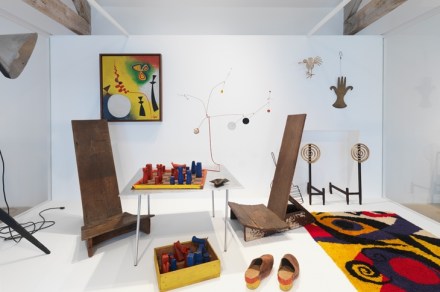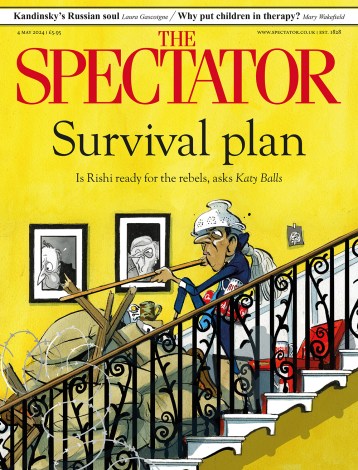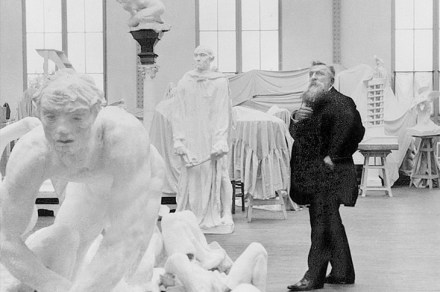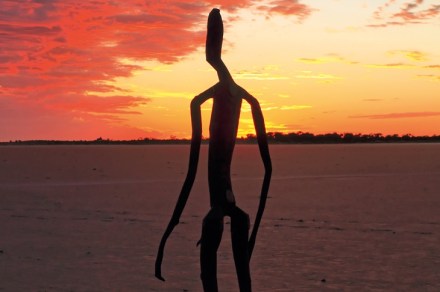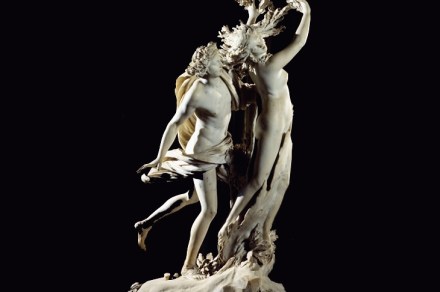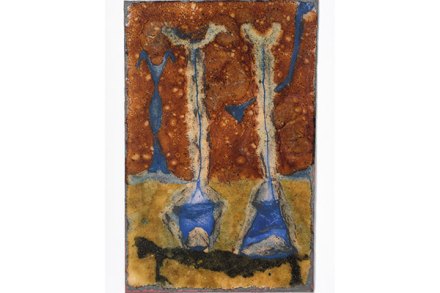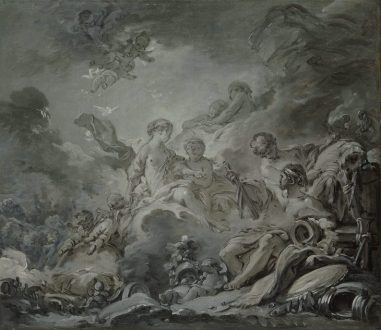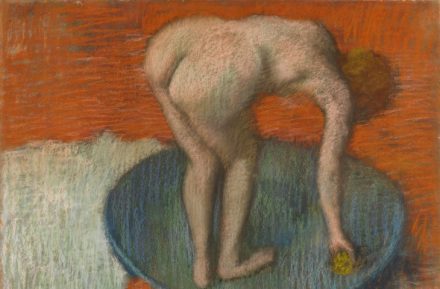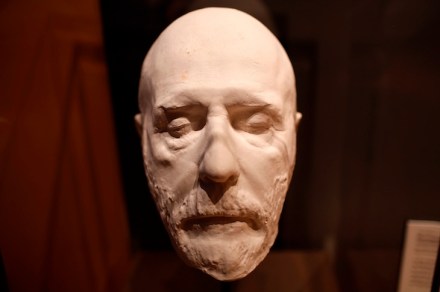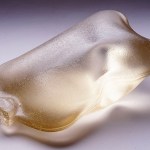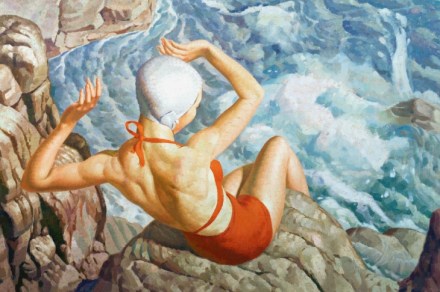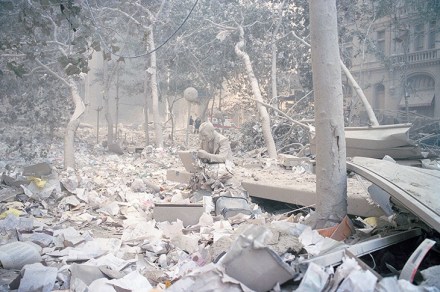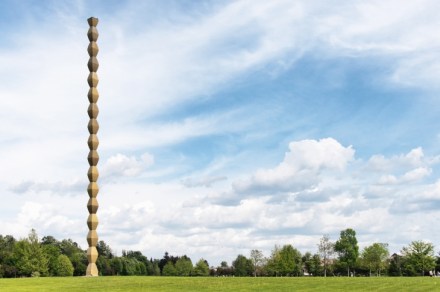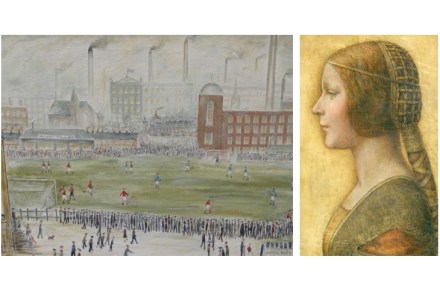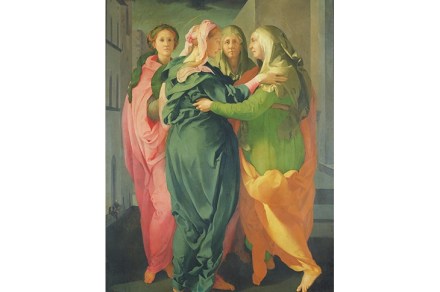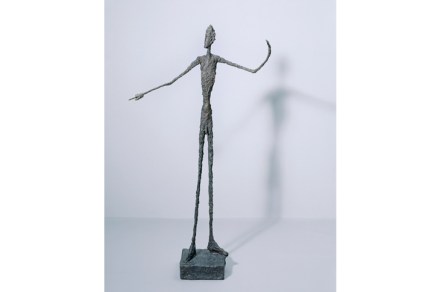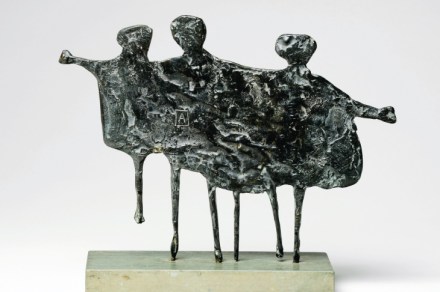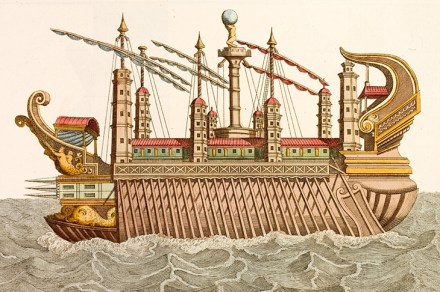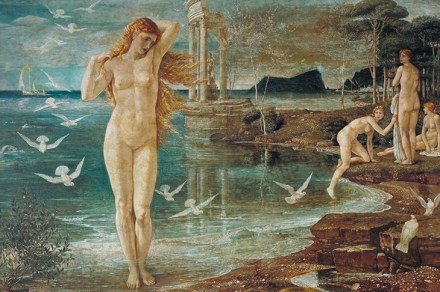Searching high and low
In the Moderna Museet in Stockholm there is a sculpture by Katharina Fritsch, which references Chekhov’s famous story ‘Lady with a Dog’. It was part of a Jeff Koons mini-show. At the time (2014), I thought it was by Koons. The postcard disabused me. It shows a woman in unapologetic Barbara Cartland pink, with a parasol, accompanied by a white fighting Pekinese. Both are constructed entirely from shells — she mainly scallop shells, her ample bust the bulging hinge of a clam, her arms fashioned from auger shells like mini-whelks. We have seen this ‘art’ before in a thousand evening classes for housewives who couldn’t get into the over-subscribed flower-arranging
